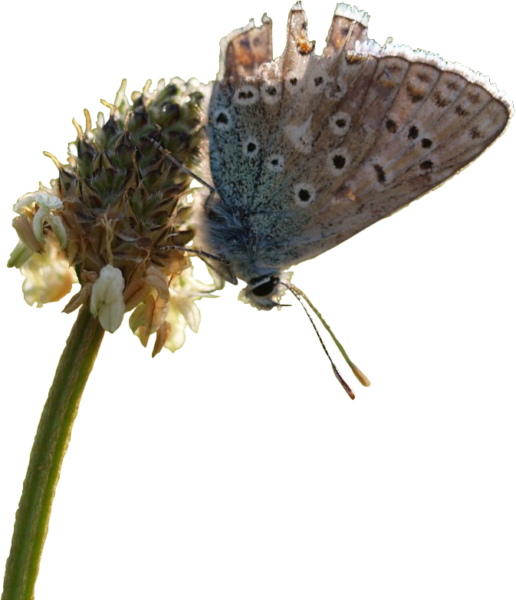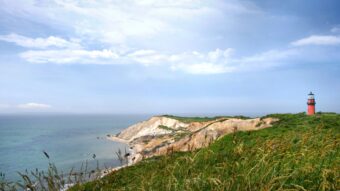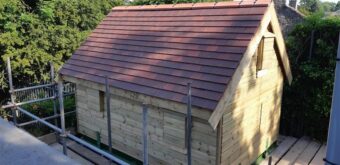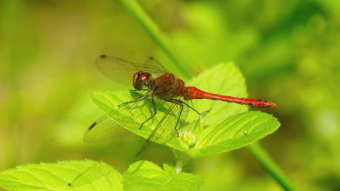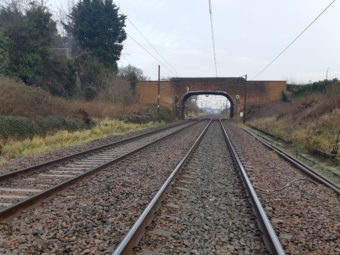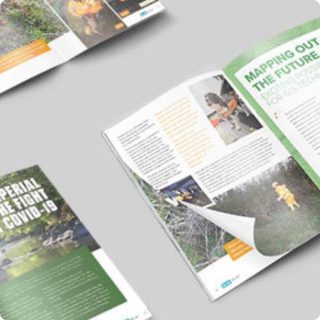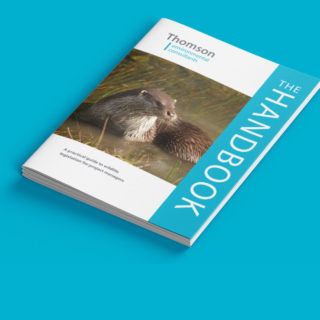The brief
To complete post construction terrestrial invertebrate surveys and freshwater invertebrate surveys in line with the Ecological Mitigation Management Plan (EMMP) to determine populations of invertebrates within habitat creation areas and on-site habitat corridors.
What we did
Our ecologists carried out sweep netting, beating, visual/spot searching and suction sampling to survey for terrestrial invertebrates. Surveys were carried out over three visits spaced between May and July in order to identify species present at different times of year. Surveys focussed on the invertebrate groups Coleoptera (beetles), Hemiptera (true bugs), Aculeate Hymenoptera (ants, bees and stinging wasps), Araneae, Opiliones and Pseudoscorpions (spiders and allies) and Diptera (true flies). Identification was taken to species level and results analysed using Pantheon .
Freshwater macroinvertebrates were surveyed for using the BugLife ditch survey manual in the ditches and following the Environment Agency, 2007 littoral sampling methodology in the lake, during spring and autumn. Ten samples were taken from the ditch system and ten samples from the perimeter of the lake. Macroinvertebrates were identified to species level and analysed using Biological Monitoring Working Party (BMWP) score and Average Score per Taxon (ASPT) to assess water quality. Sediment conditions were assessed using the Proportion of Sediment intolerant Invertebrates (PSI). The Community Conservation Index (CCI) was calculated to assess the value of the site for aquatic invertebrates.
The outcome
Terrestrial invertebrates: A total of 420 terrestrial invertebrate species were recorded, including six nationally scarce species. Approximately 300 of the species were associated with open habitats such as tall sward and scrub and short sward and bare ground.
Freshwater macroinvertebrates: A total of 99 species were identified during the spring visit and 78 during the autumn visit. BMWP and ASPT values indicated moderate water quality in the lake and a decline from moderate to poor across the seasons in the ditch network. PSI scores indicated heavy sediment conditions in ditches and the lake in spring and autumn. The site was found to be of high conservation value for aquatic invertebrates with the ditch network exhibiting an average CCI score of 20 and the lake an average CCI score of 15.9.
Recommendations were made to keep pesticide use to a minimum and continue invertebrate monitoring in line with the EMMP.
Book an invertebrate survey-
London Gateway Logistics Park Development LtdLocation
-
Stanford Le Hope, Essex
Services offered420 terrestrial invertebrate species were recorded as part of the London Gateway Logistics Park post-construction monitoring - this included six nationally scarce species!Thomson terrestrial invertebrate species lead -
Our other projects
We cover all aspects of environmental consultation – from smaller surveys through to strategic projects.
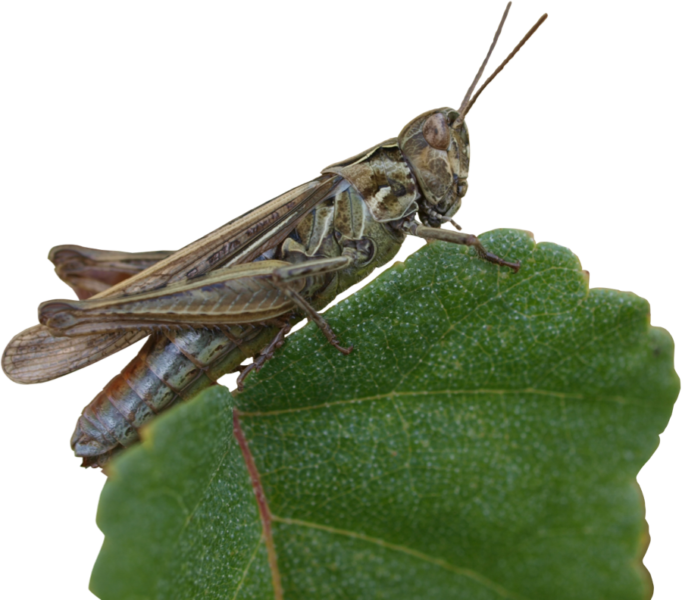
At Thomson, we strive to deliver a pragmatic and innovative approach to environmental compliance.
Working in partnership with our clients, our team of environmental specialists ensures objectives are met, with maximum efficiency for our clients, and minimal impact on the natural world.
